- Home
- Articles
- Architectural Portfolio
- Architectral Presentation
- Inspirational Stories
- Architecture News
- Visualization
- BIM Industry
- Facade Design
- Parametric Design
- Career
- Landscape Architecture
- Construction
- Artificial Intelligence
- Sketching
- Design Softwares
- Diagrams
- Writing
- Architectural Tips
- Sustainability
- Courses
- Concept
- Technology
- History & Heritage
- Future of Architecture
- Guides & How-To
- Art & Culture
- Projects
- Interior Design
- Competitions
- Jobs
- Store
- Tools
- More
- Home
- Articles
- Architectural Portfolio
- Architectral Presentation
- Inspirational Stories
- Architecture News
- Visualization
- BIM Industry
- Facade Design
- Parametric Design
- Career
- Landscape Architecture
- Construction
- Artificial Intelligence
- Sketching
- Design Softwares
- Diagrams
- Writing
- Architectural Tips
- Sustainability
- Courses
- Concept
- Technology
- History & Heritage
- Future of Architecture
- Guides & How-To
- Art & Culture
- Projects
- Interior Design
- Competitions
- Jobs
- Store
- Tools
- More

I believe that as designers of the Anthropocene era we have to work with and for nature in order to reintroduce its beauty and functionality into our everyday life. As humans, we are colonizing every single spot on earth.

According to the United Nations, now¬adays 55% of the human population is living in cities and by 2050 this number will rise to 68%. The migration to the cities combined with the growth of the popu¬lation will lead us to either occupy more natural surface or to the densification of our cities. In my graduation project, I am studying the quality that the interaction of intense urban living and wildlife could bring to the everyday life of Amsterdammers. I am studying the future development of Sloterdijk station in order to create one of the next city main nodes where a transformation from offices area to a mixed-use one will be merged with a scenario where encounters with animals are happening on a daily basis. My design is using the opportunity provided by the existing soil types to reproduce landscape typologies that will welcome different wild species existing in the surroundings of this area of Amsterdam.

Creating a network of paths that will guide users of the area to have a journey in the surroundings of one the main station of Amsterdam will give them the opportunity to develop different types of public space where inhabitants and visitors can meet with the wildlife: a benefit that is becoming more and more rare within the cities boundaries.

I am studying the behaviors of eight species to make sure that encounters will take place along this journey. Each animal with its specific habitat will be connected visually and physically whit the species creating an interaction that at present only exists in wild spaces. To co-live with nature, we need to twist our way of looking at it, embracing it and bringing it in our daily lives.
illustrarch is your daily dose of architecture. Leading community designed for all lovers of illustration and #drawing.
Submit your architectural projects
Follow these steps for submission your project. Submission FormLatest Posts
Between the Playful and the Vintage, Studio KP Arquitetura Transforms a Creative Multifunctional Space
Beyond its aesthetic and symbolic appeal, the project integrates technological solutions for...
An Experimental Renewal of Mountain Architecture: Valley Homestay in Linggen Village
In Zhejiang’s Linggen Village, a forgotten mountain building has been reimagined into...
James Baldwin Media Library and Refugee House by associer
In Paris’s 19th arrondissement, Atelier Associer has reimagined a 1970s secondary school...
43m² Apartment Innovates by Dividing Spaces Without Losing a Sense of Openness
Located in Pinheiros (São Paulo), the project by Zalc Arquitetura relies on...








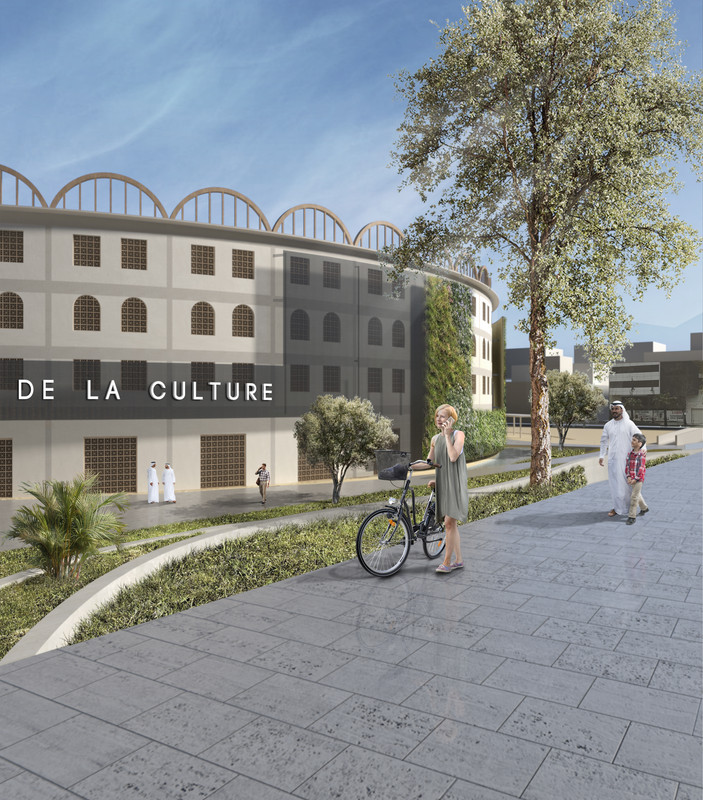


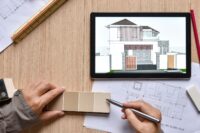

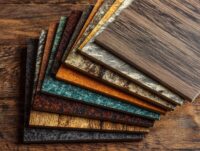
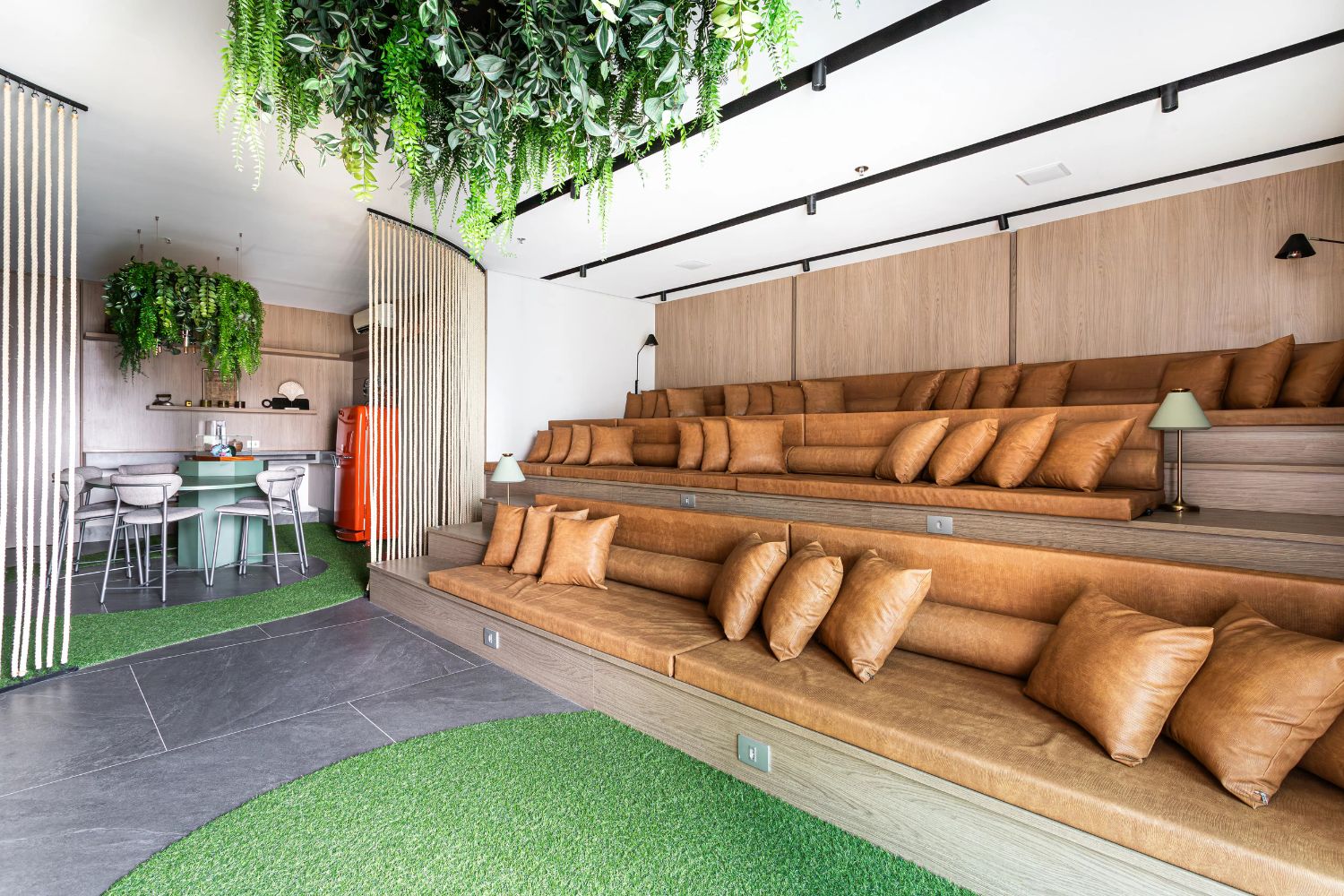
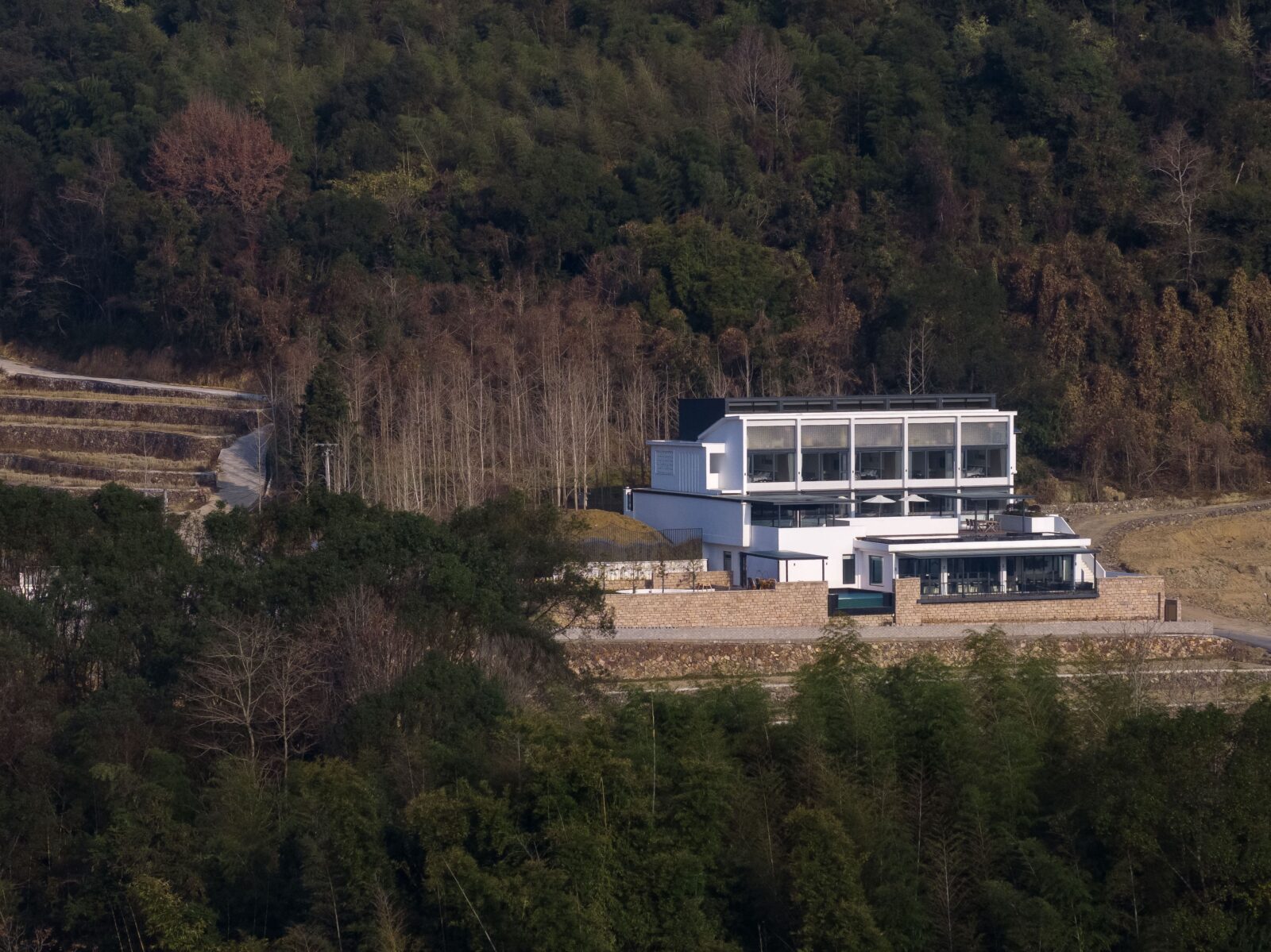
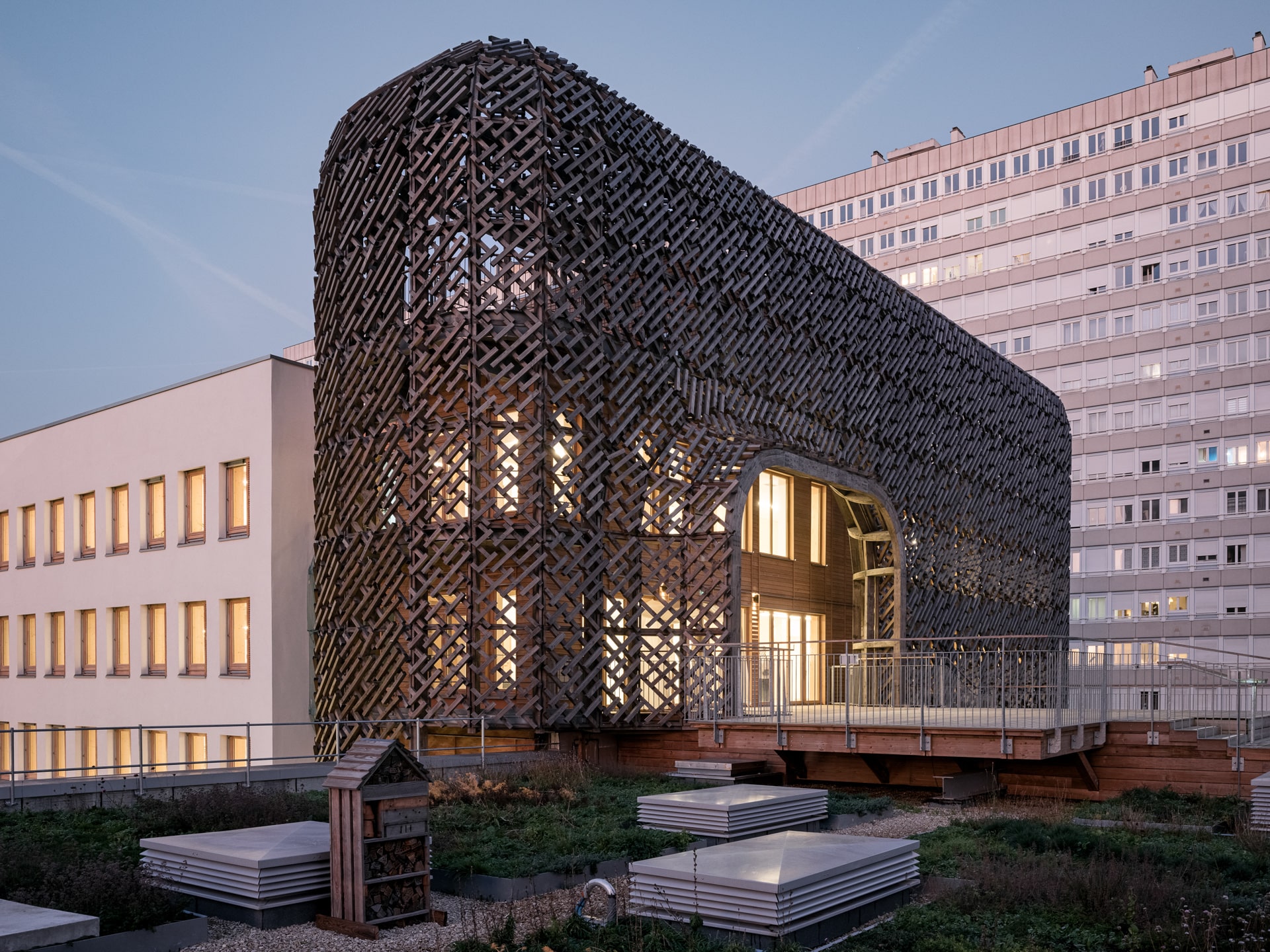
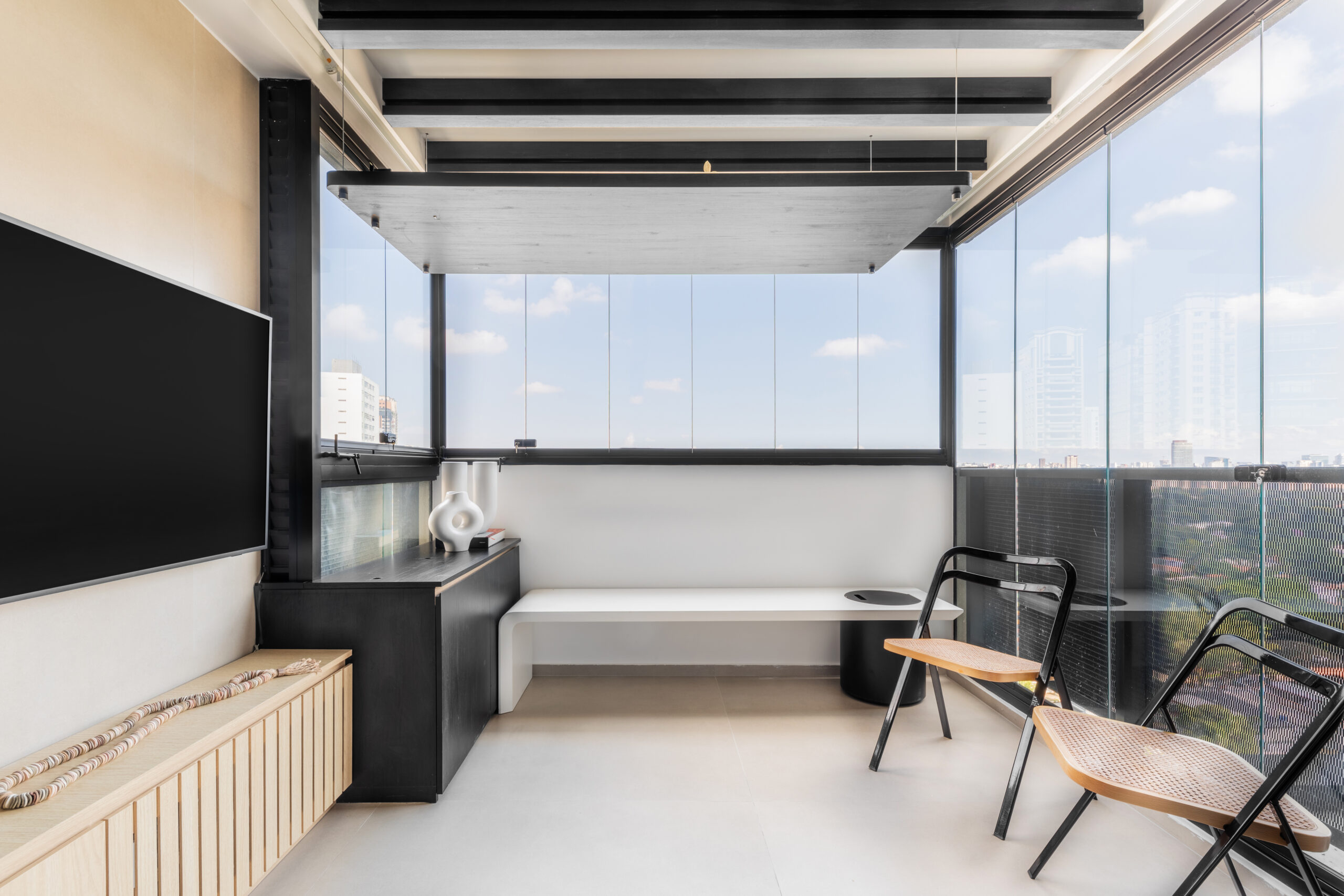
Leave a comment